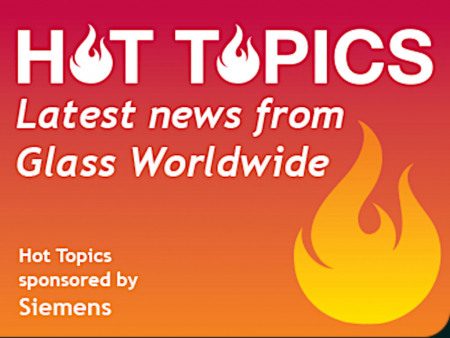EU recycling rates stable at 74%

FEVE’s latest industry data on recycling confirms that over 12 million tons of glass bottles and jars are collected and recycled in Europe, with an average 74% glass recycling rate in the EU28. According to FEVE, this figure should be set to rise. With the circular economy now at the forefront of the political agenda, EU Member States have committed to ambitious targets on municipal waste reduction and glass packaging recycling. This signals a renewed investment in separate collection for glass packaging in the coming years, which will engage consumers, municipalities, extended producer responsibility schemes, recyclers and manufacturers in a collaborative effort to collect, sort and treat the glass that is currently leaking from the system.
“As an industry, we commit to actually recycle all collected glass of sufficient quality in the closed loop” commented Adeline Farrelly, FEVE Secretary General. “An estimated 90% of what is collected goes into creating new bottles from old ones, offering brands and consumers a food grade quality recycled material. Today, recycled glass is our most important raw material, which brings us major environmental benefits and energy savings.”
FEVE’s latest study on glass packaging recycling demonstrates that countries such as Austria and Sweden have gone beyond 90% collection for recycling rates by installing bottle bank systems and investing in consumer awareness. According to the organisation, tailored solutions will need to be found locally but separating glass from other materials is considered the best investment for public authorities to meet the new glass recycling targets. “Our recent consumer research suggests that particularly for millennials, environmental credentials drive their product choice and the take-back culture for glass packaging is very strong where there is bottle bank infrastructure in place” said Ms Farrelly.
The average 74% EU glass collection for recycling rate masks a variety of situations between countries. When looking at performance rates, on one side, countries in the ‘over 90%’ top league are Belgium, Finland, Austria, Sweden and Slovenia, where separate collection schemes for glass perform very well and provide a high quality secondary raw material for the industry. On the opposite side are those countries in the ’under 40%’ league (Greece, Hungary, Slovak Republic, Malta and Romania), where the collection culture and consequently the glass collection schemes have important potential for growth.



